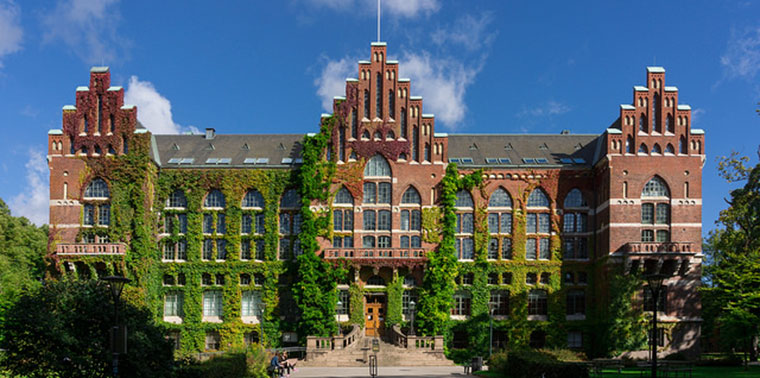March 14, 2016 —  Editor’s note: This piece is published in collaboration with the academic journal Elementa. It is based on a commentary, “Mobilizing the power of higher education to tackle the grand challenge of sustainability: Lessons from novel initiatives,” published February 23.
Editor’s note: This piece is published in collaboration with the academic journal Elementa. It is based on a commentary, “Mobilizing the power of higher education to tackle the grand challenge of sustainability: Lessons from novel initiatives,” published February 23.
Universities seem like they should be great seedbeds for advancing sustainability — after all, they’re all about discovering new things and sharing them with the rest of the world. In reality, however, their ability to do so is constrained by their culture, which often rewards working within disciplinary lines and focusing on research per se rather than on applying the results of that research to creating solutions to real-world problems
In a paper published recently in the journal Elementa, leaders from a half-dozen U.S. academic institutions with dedicated sustainability programs shared five recommendations, distilled from their own experiences, for universities seeking to improve their ability to both create tools to advance sustainability and empower individuals and institutions to use them.
1. Focus on solutions. Universities tend to focus on problems rather than solutions. To move the needle on sustainability, the authors call for a new, solutions-focused “social contract” for academia. That may seem like adding more work to already stressed workloads, but in practice, the authors say, the emphasis on solutions has yielded bountiful rewards. Faculty and students alike, they write, “speak of the satisfaction of being part of something larger than themselves, and of using their knowledge to make a difference in the wider world.” And the shift also found support from policy-makers, business leaders and citizen groups.
2. Embrace interdisciplinary collaborations. More than perhaps any other endeavor, advancing sustainability demands collaboration among a wide range of disciplines. That makes universities an ideal setting for this pursuit, since they are by definition multidisciplinary. The challenge, though, is to get experts from different disciplines talking to each other. Strategies for overcoming the institutional roadblocks to interdisciplinary collaboration include engaging faculty who want to make a difference, earmarking funding for work focused on solving problems, being patient with the process and recognizing the critical importance of participation from disciplines outside natural science and engineering.
3. Build partnerships. It’s not easy to build, maintain and use bridges between academia and government, industry and citizens — but to advance sustainability, it’s exceedingly important. External stakeholders have important knowledge and perspectives to share. Partnerships also provide an opportunity to build relationships, mutual understanding and bonhomie that are key to getting things done. The authors point to the Cooperative Extension Service as a valuable model for engaging with stakeholders outside universities. An important part of the equation: Make sure the relationships are two-way.
4. Innovate and persevere. “[R]isk-taking, creative thinking and tenacity are key ingredients in reshaping universities to meet sustainability demands,” the authors write. Particularly important are ownership at the faculty, not just administrative level; strategic use of space and location to cultivate cohesion among disparate parties; integral involvement of students; creation of novel roles (e.g., “professors of practice”) for faculty; and administrative support for boundary crossing.
5. Gather and share lessons learned. Universities are premier research institutions, so what better place to study the dynamics of institutional change? As higher education embraces innovative approaches to addressing sustainability challenges, it would do well to conduct research on what works and doesn’t and share the knowledge gained with others interested in engaging in collaborative problem-solving.
The authors note that the common themes are applicable not only to sustainability initiatives, but to other efforts that are part of the growing trend in higher education to not just study and teach, but also become involved in solving societal challenges.
“The timing is right for solutions-oriented sustainability programs that are responsive to environmental and societal needs, to student and faculty interests, and to opportunities in emerging career paths,” they conclude. “We are confident that universities will become an increasingly vital and valued partner in the quest to create a sustainable world.” ![]()
Editor’s note: One of the authors on the Elementa paper is affiliated with the University of Minnesota Institute on the Environment, which provides support to Ensia.
Ensia shares solutions-focused stories free of charge through our online magazine and partner media. That means audiences around the world have ready access to stories that can — and do — help them shape a better future. If you value our work, please show your support today.
Yes, I'll support Ensia!
